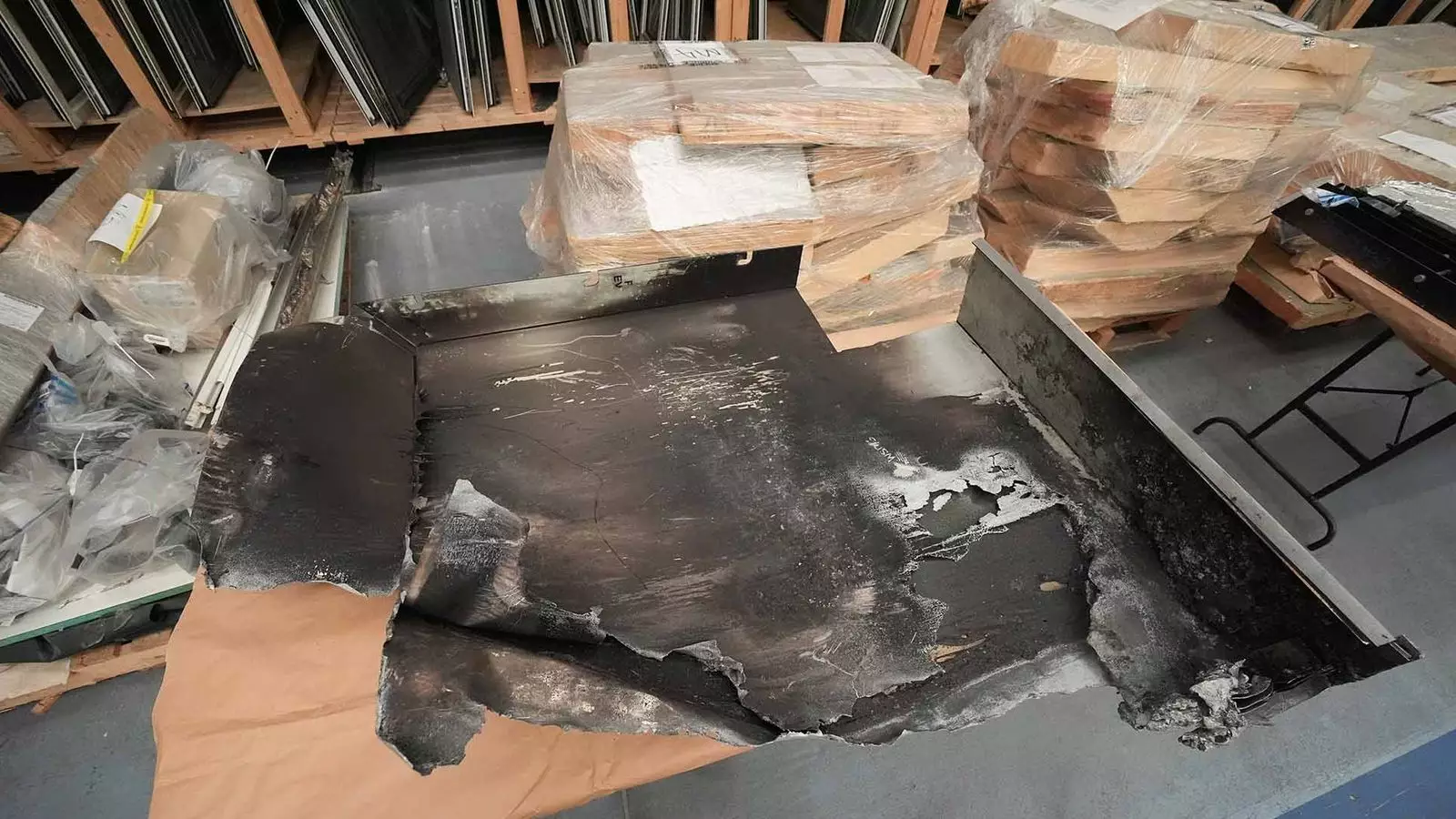In the wake of the horrific Grenfell Tower fire that claimed 72 lives, the issue of dangerous cladding on residential buildings has become a pressing concern for thousands of families across the UK. The National Audit Office (NAO) has recently outlined that between 9,000 to 12,000 buildings are anticipated to require remedial action to replace unsafe cladding, projecting an estimated cost of around £16 billion. Alarmingly, more than half of these buildings—over 7,200—remain unidentified, and there is a real possibility that some may never be located, thereby prolonging the risk and mental anguish experienced by residents living in these hazardous conditions.
The NAO’s findings reveal that the ramifications of unsafe cladding extend far beyond immediate danger. Many individuals are grappling with severe emotional and financial distress stemming from high service charges, inflated insurance premiums, and the inability to secure mortgages or relocate. While the Building Safety Act 2022 ostensibly alleviates leaseholders from direct remediation costs, it hasn’t mitigated the financial strain from mounting service charges associated with “waking watches.” This practice—where guards monitor buildings while cladding issues remain unaddressed—presents an additional average expense of £104 monthly for residents, further compounding their economic burdens.
Despite the urgency for action, the remediation process has been sluggish. In the seven years since the Grenfell disaster, only about half of the 4,821 identified buildings have either initiated or completed necessary remediation work. The NAO’s report indicates that the speed of remedial efforts has not met the expectations set by the Ministry of Housing, Communities & Local Government (MHCLG). This sluggish pace raises significant concerns about the timeline for completing all cladding removals, with government estimates suggesting that full remediation may not occur until 2035—a target labeled by the NAO as “challenging to achieve.”
Addressing the crisis necessitates a unified approach that balances responsibility between taxpayers and developers. The government has set a £5.1 billion cap to manage taxpayer costs, and it is expected that developers will contribute through new levies, although the collection of these funds is not anticipated until the following autumn. Gareth Davies, head of the NAO, noted that while holding developers accountable for remediation costs is a step in the right direction, it has also resulted in disputes that could lead to further delays in the resolution of this crisis.
As the cladding crisis unfolds, it is clear that swift and decisive action must be undertaken to safeguard the well-being of affected residents. The combination of financial distress, emotional turmoil, and the pervasive fear of fire hazards demands an immediate response. Only through meeting established deadlines and fostering collaboration between government entities and developers can we hope to relieve the burdens placed on these vulnerable communities. The time for action is now, as the consequences of inaction continue to escalate.


Leave a Reply